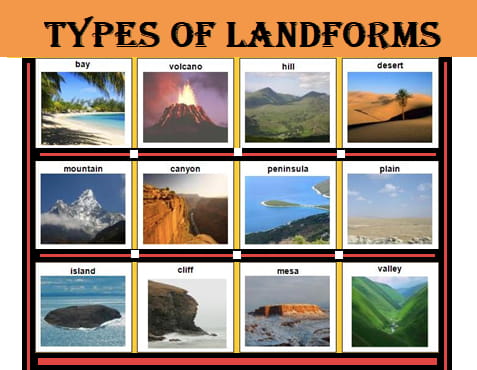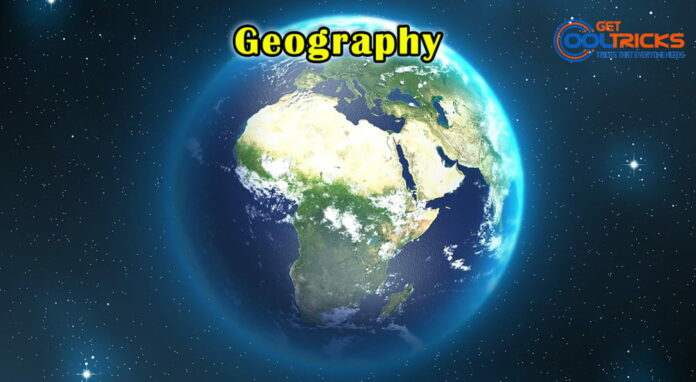Landform made by Running Water Landforms and their Evolution NCERT PDF
Major Landforms of the Earth NCERT PDF
Erosional Landforms Gorge Deep valley with very steep to straight sides Canyon Characterised by steep step-like side slopesWider at its top than at its bottom. Potholes and Plunge Pools More or less circular depressions formed because of stream erosion aided by the abrasion of rock fragments. Incised or Entrenched Meanders Very deep and wide meanders that can be found cut in hard rocks. River Terraces Surfaces marking old valley floor or floodplain levelsThey are basically products of erosion as they result due to vertical erosion
Depositional Landforms Alluvial Fans Formed when streams flowing from higher levels break into foot slope plains of low gradient. Deltas Like alluvial fans but develop at a different locationThe load carried by the rivers is dumped and spread into the sea. Floodplains Generally flat area of land next to a river or stream.They stretches from the banks of the river to the outer edges of the valley. Meanders Landform but is only a type of channel pattern
Landforms made by Groundwater
Erosional Landforms Swallow Holes Small to medium sized round to sub-rounded shallow depressions Sinkholes Opening more or less circular at the top and funnel-shaped towards the bottom Lapies Uneven grooves and ridges formed when the majority of the limestone’s surface is removed by the solution process. Limestone Pavements Natural karst landform consisting of a flat, incised surface. Caves Cave formation is prominent in areas where there are alternating beds of rocks with limestones or dolomites in between
Depositional Landforms Stalactites Hang as icicles of different diameters Stalagmites Rise up from the floor of the caves Pillars Formed stalagmite and stalactites eventually fuse to give rise to columns and pillars of different diameters.


